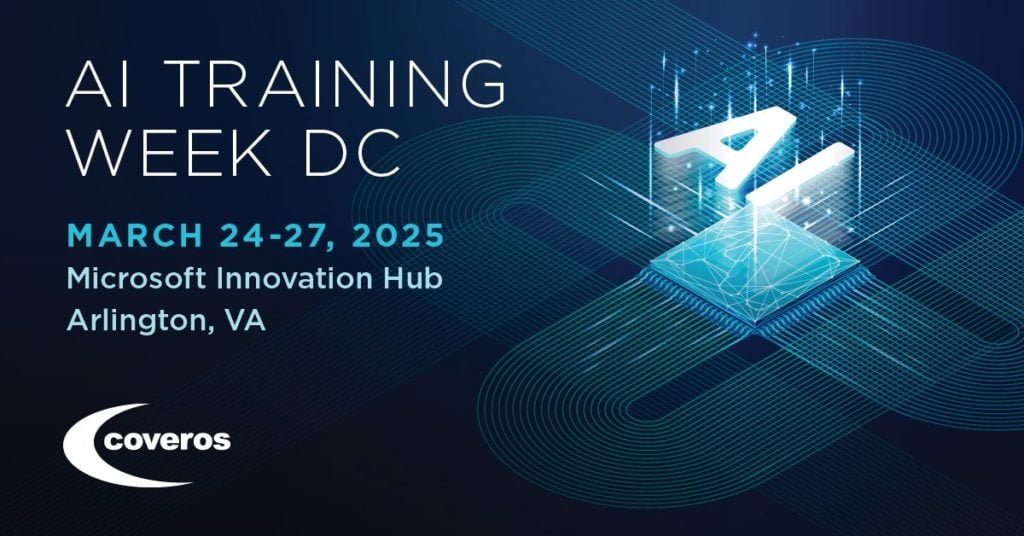LinkedIn recently released its 2025 Jobs on the Rise report, highlighting the 25 fastest-growing jobs over the past three years.
It should be no surprise that AI plays an oversized role on this list.
In fact, two AI-focused jobs that are at the very top of the list:
Artificial Intelligence Engineers are responsible for designing, developing, and testing AI systems. They use various machine learning techniques to create AI models that can perform tasks such as image recognition, natural language processing, and decision-making.
Artificial Intelligence Consultants help organizations implement AI solutions. They provide guidance on AI strategy, data management, and model development.
Also making the list was Artificial Intelligence Researcher. At number 12, this role is responsible for researching advanced AI technologies or developing new ones.
But while AI-focused jobs may present new career opportunities for today’s tech workers, the rise of AI has organizations and working professionals scrambling to ensure they stay on top of this powerful, but often misunderstood technology.
In a separate study by LinkedIn, 64 percent of professionals around the world reported being overwhelmed by how quickly work is changing. And, integrating AI into daily work was the second biggest professional challenge workers say they face today.
At the organizational level, AI is a growing priority, but leaders are still struggling with how to make AI a key part of their strategy. According to a joint survey from LinkedIn and Microsoft, while 79% of leaders say AI adoption is critical to their company’s competitiveness, 60% worry that their organization is lacking in a comprehensive AI strategy.
So how can leaders ensure their organizations are implementing a strategic approach to AI that advances efficiency and competitiveness and prepares their workers for the skills of the future? Here are five ideas.

1. Foster a culture of lifelong learning.
AI is constantly evolving, and the skills needed to thrive in an AI-driven world will evolve too. Organizations must prioritize continuous learning and upskilling initiatives for their employees. This could involve:
- Investing in AI training programs: Provide access to courses and workshops on AI fundamentals, machine learning, data science, and AI-related ethical considerations. (Consider partnering with organizations like Coveros who specialize in these areas.)
- Encouraging experimentation: Create a safe space for employees to explore AI tools and technologies, fostering innovation and identifying new applications for AI within the organization.
- Supporting knowledge sharing: Facilitate internal communities and platforms for employees to share their AI knowledge and learnings.
2. Identify and cultivate AI talent.
As LinkedIn’s report highlights, roles like AI Engineers and AI Consultants are in high demand. Organizations need to:
- Attract top talent: Offer competitive salaries, benefits, and opportunities for growth in the AI field.
- Develop existing employees: Identify individuals with strong analytical and technical skills who can be trained and upskilled for AI-related roles.
- Build a diverse AI team: Prioritize diversity in hiring and promotion to ensure a variety of perspectives and avoid bias in AI development.
3. Invest in AI infrastructure.
Organizations need to lay the groundwork for AI implementation:
- Data is key: Ensure you have the infrastructure to collect, store, and manage large datasets that are essential for training and deploying AI models.
- Embrace cloud computing: Cloud platforms offer scalable and cost-effective solutions for AI development and deployment.
- Prioritize cybersecurity: Protect your AI systems and data from potential threats and vulnerabilities.
4. Develop a responsible AI framework.
AI should be implemented ethically and responsibly. Organizations must:
- Establish clear ethical guidelines: Define how AI will be used and ensure it aligns with the organization’s values and mission.
- Mitigate bias: Be aware of potential biases in AI algorithms and data, and take steps to address them.
- Promote transparency: Be open about how AI is being used within the organization and its potential impact on employees and customers.
5. Embrace collaboration.
Navigating the AI landscape requires collaboration, including:
- Partner with AI experts: Seek external expertise from organizations like Coveros to gain insights and support in AI strategy, training, and implementation.
- Engage with industry peers: Share best practices and learn from others’ experiences in AI adoption.
- Foster collaboration between departments: Encourage cross-functional teams to work together on AI initiatives, ensuring alignment and maximizing impact.
Ready to ensure your organization has an effective AI strategy in place? A great place to start is using our AI-Enhanced Software Development Checklist to assess your implementation of AI across your software development lifecycle.
Our team can help support your strategy development and enhance workers’ skills in key areas like AI fundamentals, AI for testers, GitHub Copilot mastery, and much more. Take a look at our full AI services.



